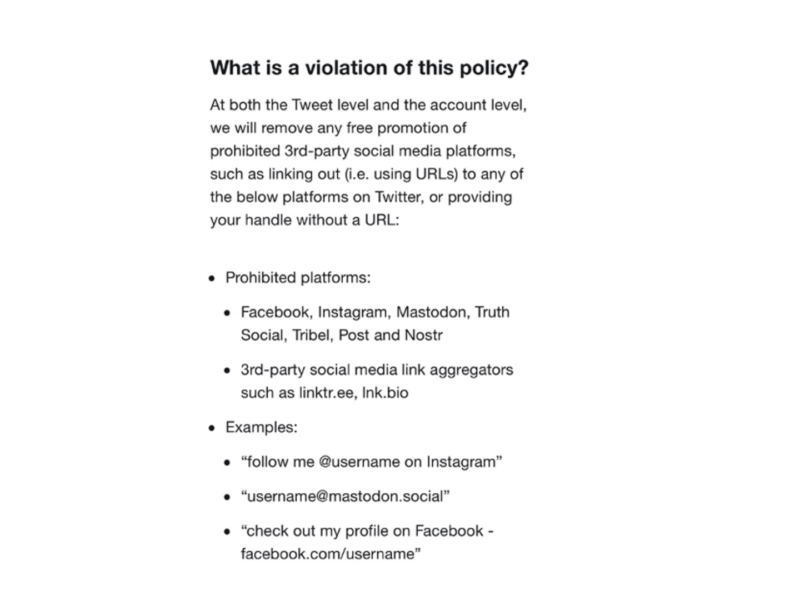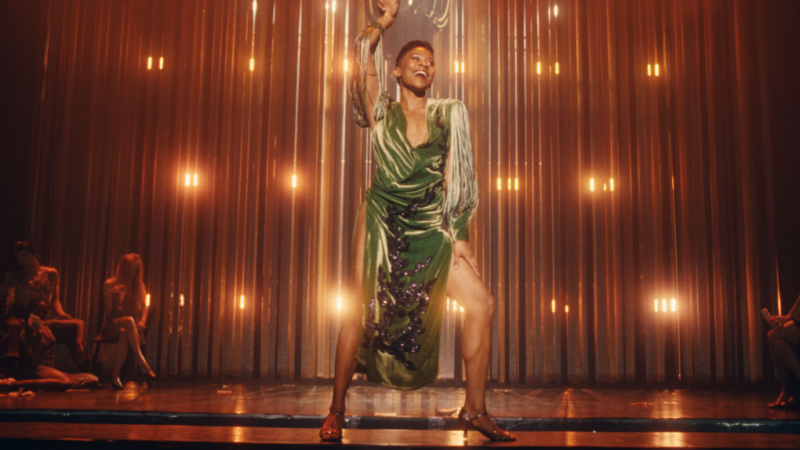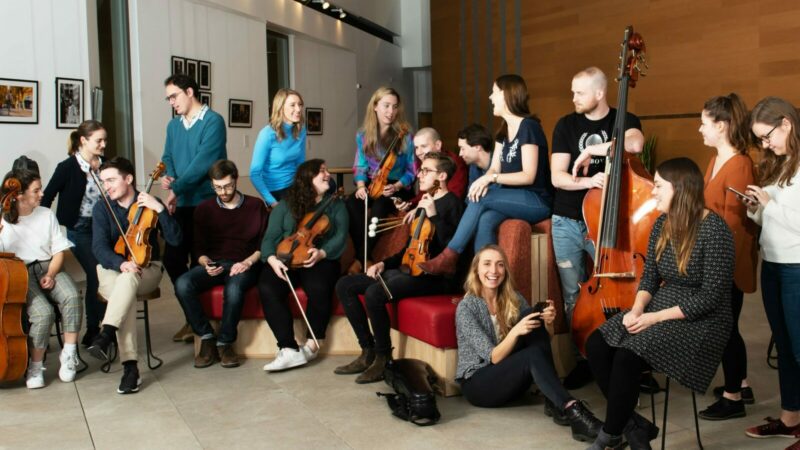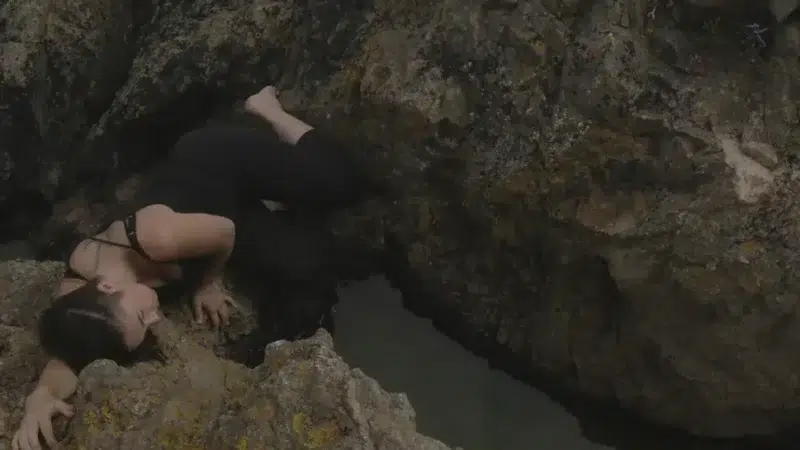Social media platforms are a key part of our everyday lives, playing a significant role in everything from our media consumption, to our purchasing habits, to our political beliefs. However, the platforms we have come to rely on are not passive containers for content – they play a large, often invisible, part in mediating the content they host.
Unfair algorithms
In September 2022, The Space hosted a webinar that shone a light on some of this invisible activity. In Unfair Algorithms, myself, Rianna Walcott, alongside discussants Dr Francesca Sobande, Anasuya Sengupta and temi lasade-anderson responded to the provocation ‘’Tech injustice and digital inequalities negatively impact digital arts culture’. In that webinar, we examined the link between digital policy, and individual behaviour online to think through the limitations of tech and the impacts of platform monopolies and policies on the reproduction of inequalities in digital arts culture.
In an article for Bustle, Paula Akpan explores how ‘shadow banning’ on Instagram disproportionately affects LGBTQ+ users, people of colour, plus sized, and sex workers or educators, whose content is considered ‘borderline’, or non-compliant with Instagram’s terms of service. Shadow banning is Instagram’s attempt at filtering out accounts that are ‘considered inappropriate without actually breaking Instagram’s community guidelines’, rendering content either obscured or removed entirely, thereby driving down engagement. In this way, algorithmic discrimination massively limits the earning potential of content creators from these marginalised backgrounds.
By focusing on algorithms we see that the structures that allow tech to function are not neutral, but in fact governed by hidden rules that influence what content we see, where, and how often we see it. We asked which communities are disproportionately disadvantaged by these hidden rules, and what responsibility the arts sector have in promoting and making visible those who are made invisible by unfair algorithms.
Twitter is changing – what could that mean for arts and culture?
This example from Instagram makes clear how the back-end functioning of platforms influence the content we engage with, and recent controversy over the acquisition of social media giant Twitter by Elon Musk in 2022 has had even more visible consequences.
Staff, advertisers, and users alike have left the platform in droves in response to growing skepticism of Elon Musk’s proposed ‘Twitter 2.0’ cultural reset. Musk’s support of ‘free speech’ policies and lightened content moderation on Twitter comes with the threat of unchecked bots and hate speech running rampant on the site, making Twitter even less hospitable to marginalised users, and the mass resignation of employees in response to untenable working conditions leaves the user interface itself at risk of total malfunction.
For an industry that is increasingly reliant on social network sites for networking, sales, the promotion of artistic outputs and building parasocial relationships, the decline of Twitter because of poor management sets a worrying precedent. On Monday 30th January 2023, Rianna is joined by guest Paula Akpan to discuss how changes – to Twitter as well as other platforms – impacts the arts and culture industry.
Platform migration
Twitter is just one of a handful of monopolistic social network sites that form our ecosystem of information, and the ability to connect with wider audiences is vital within the arts and culture industry, and particularly to freelancers whose income streams may depend on digital visibility. In the wake of Twitter’s decline in popularity and engagement over the past six months, multiple commentators, intellectuals and industry experts have discussed rationale for and against abandoning the site altogether.
In practice, users naturally hold multiple accounts across different social networking platforms, as different spaces have different capacities to host audio/visual/discursive content – the nature of successful marketing in contemporary digital networking demands that we hold a Facebook account and an Instagram and a Twitter and so on. However, an ill-advised Twitter policy change in December 2022 sought to limit this natural drift between platforms in an attempt to block linking to social media competitors on Twitter.
Users noted – with considerable outrage – that this policy change is in violation of European Union legislation against ‘gatekeeper platforms’ that prohibits preventing consumers from linking to businesses outside of their platforms, with hefty fines as a consequence for violation.
However, the key takeaway is in the attempt itself – the previously invisible work of shaping user engagement with platforms is made visible, with damning consequences.

Community responses, and how can arts organisations and creatives learn from them?
An exodus from Twitter is a huge loss to the growth capacity for all users, both professionally and personally. Twitter functions as a meeting point for multiple industries, disciplines, and demographics, and the current moment threatens a decline of internationally minded news and media, support for multiple activist movements, and visibility of arts and cultural outputs as advertisers and creatives alike jump ship.
In the face of these changes to Twitter that are leading users to question the platform’s longevity, I turn to the thoughts of those communities who stand to lose most from Twitter’s increased inaccessibility.
Social media networks such as Twitter have long been the breeding ground for conversations that draw attention to issues of concern to marginalised people. Activist movements were able to thrive because of Twitter’s hashtagging function, that aggregated conversations of political significance such as the #BlackLivesMatter movement and #metoo, among many others. Those who depend on the increased connection and visibility to broader audiences that Twitter provides stand to lose a lot from Twitter’s decline.
The question of whether to stay or go is one that is still up for debate, but what is clear is that users have invested years into making Twitter the space it currently is – leaving is not a decision made lightly. Simply migrating to a new space is not necessarily the answer for those who have spent years building a zone of influence, and receiving targeted hate is nothing new to many of those users.
Instead, the question becomes – what requirements do we have of our social media platforms? How are we currently using them, and how will this need to change with their development? How can we transform social media platforms into productive and safe spaces?
How useful was this resource?




